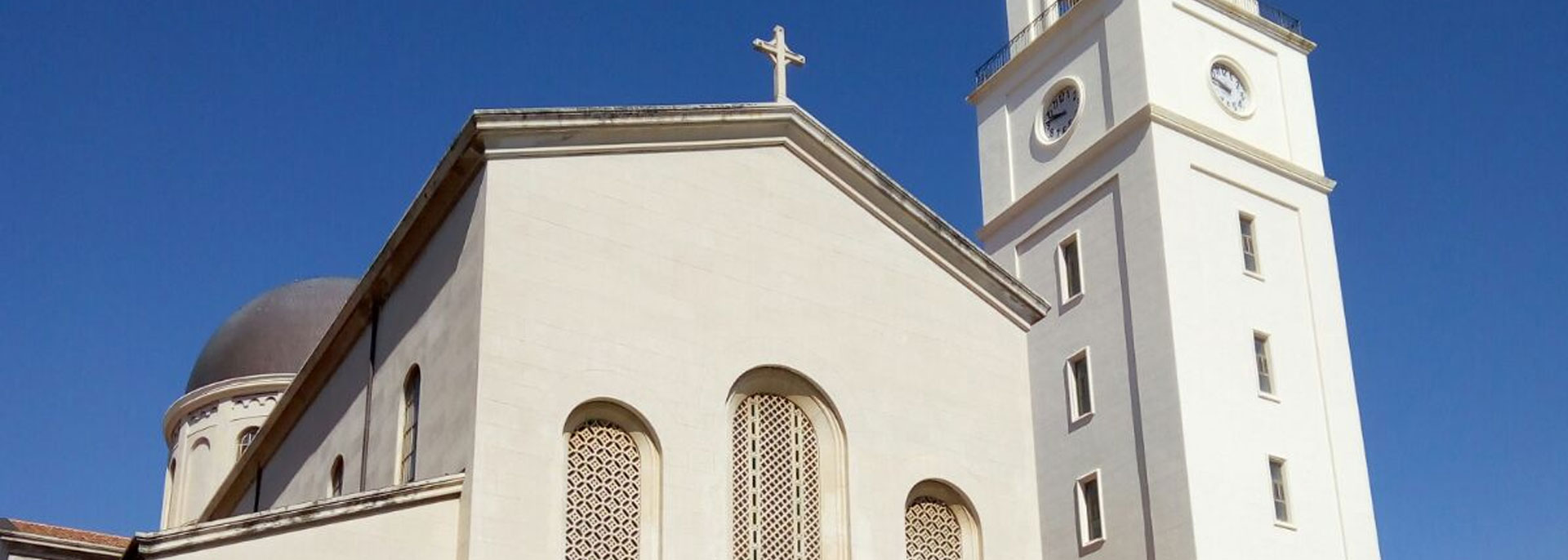Author: Giuseppe Gesualdo Russo (Barcellona Pozzo di Gotto (?), documented between 1770 and 1805) attr.
Dating: Late 18th - early 19th century
Material: Oil on canvas
Dimensions: 105x75 cm
Location: Milazzo, Cathedral of Santo Stefano Protomartire
The work is located in the sacristy of the cathedral of St. Stephen of Milazzo, perhaps coming from the Duomo Vecchio. The young saint with a halo is represented in an ecstatic attitude with his gaze turned towards the sky, and holds with his right hand his iconographic attributes presented in the foreground: the stones, the allusive book of the diaconate, the palm within three crowns. The inscription on the book, 'LAPIDES TURRENTIS ILLI DULCES FUERUNT', in reference to martyrdom by stoning. He wears liturgical vestments, typical of the period, described in great detail: the white cassock enriched with embroidery on the wrists; the carmine red dalmatic falling down with a flap on the saint's leg, which allows a glimpse of the blue lining.








